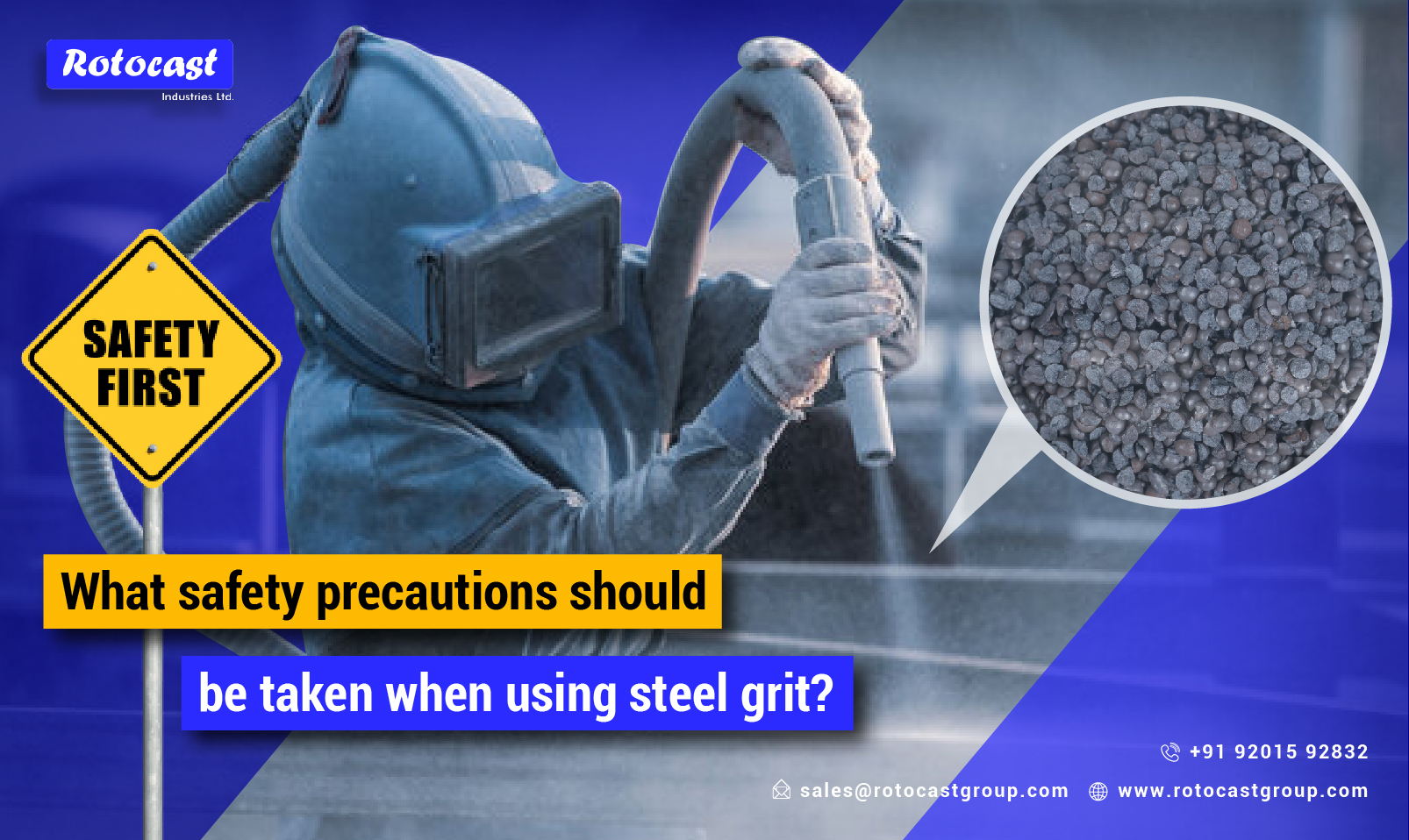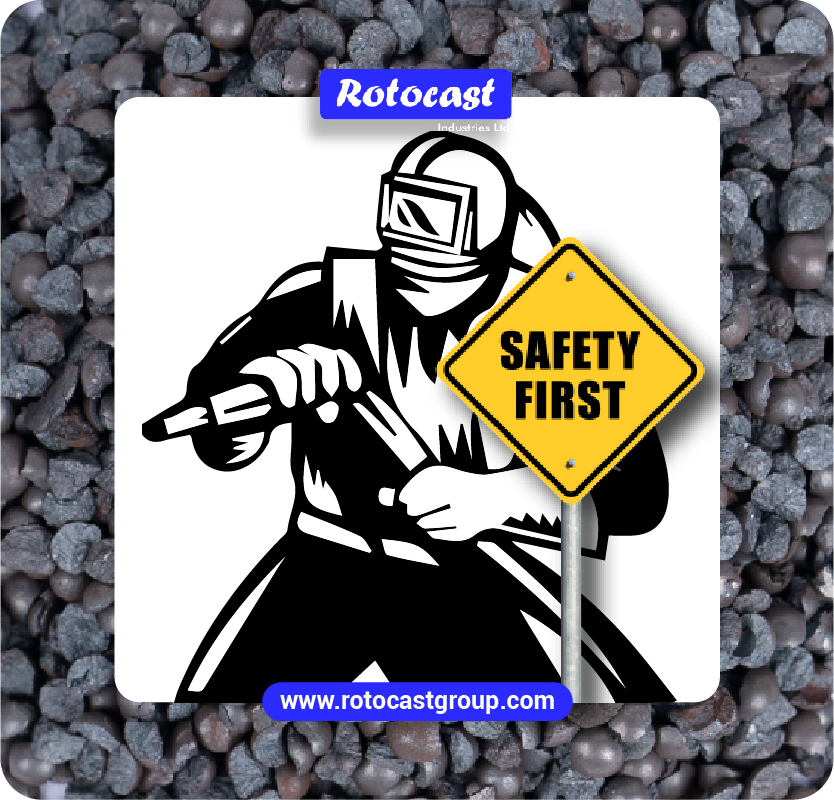
Steel grit, a popular abrasive material, is widely used in industries for cleaning, etching, and surface preparation of different steel shots. While its effectiveness is unparalleled, proper safety precautions are essential to prevent health hazards and ensure a safe working environment.
1. Personal Protective Equipment (PPE): Using steel grit involves exposure to fine particles that can pose respiratory and skin hazards. Workers should wear appropriate PPE, including:
- Respirators: To prevent inhalation of dust and fine particles.
- Safety goggles: To protect eyes from flying debris.
- Gloves: To shield hands from abrasive particles.
- Protective clothing: To cover skin and reduce the risk of abrasions.
2. Ventilation and Dust Control: Adequate ventilation is crucial when working with steel grit, especially in enclosed spaces. Implementing local exhaust ventilation systems can help capture airborne particles at the source. Using dust collection systems will further minimize the spread of particulate matter, maintaining air quality and reducing respiratory risks.
 3. Training and Awareness: Workers should be trained in the correct handling and application of steel grit. Understanding the potential hazards associated with various steel shots and how to mitigate them is critical. Regular training sessions and safety briefings can ensure that safety protocols are followed meticulously.
3. Training and Awareness: Workers should be trained in the correct handling and application of steel grit. Understanding the potential hazards associated with various steel shots and how to mitigate them is critical. Regular training sessions and safety briefings can ensure that safety protocols are followed meticulously.
4. Equipment Maintenance: Regular maintenance of blasting equipment and protective gear is essential. Checking for wear and tear and replacing damaged components can prevent malfunctions and accidents. Ensuring that all equipment is functioning correctly reduces the risk of injury.
5. Proper Storage and Disposal: Steel grit should be stored in a dry, cool place to prevent moisture absorption, which can compromise its effectiveness and safety. Proper disposal methods must be followed to avoid environmental contamination. Used steel grit can contain hazardous substances from the materials it has blasted, requiring appropriate disposal procedures.
6. Risk Assessments and Safety Plans: Conducting regular risk assessments can help identify potential hazards associated with the use of steel grit in different steel shots. Developing and implementing comprehensive safety plans tailored to specific operations can significantly enhance workplace safety.
By adhering to these safety precautions, industries can effectively utilize steel grit for various applications while ensuring the health and safety of their workers. Prioritizing safety not only protects employees but also enhances productivity and efficiency in operations involving steel shots.

